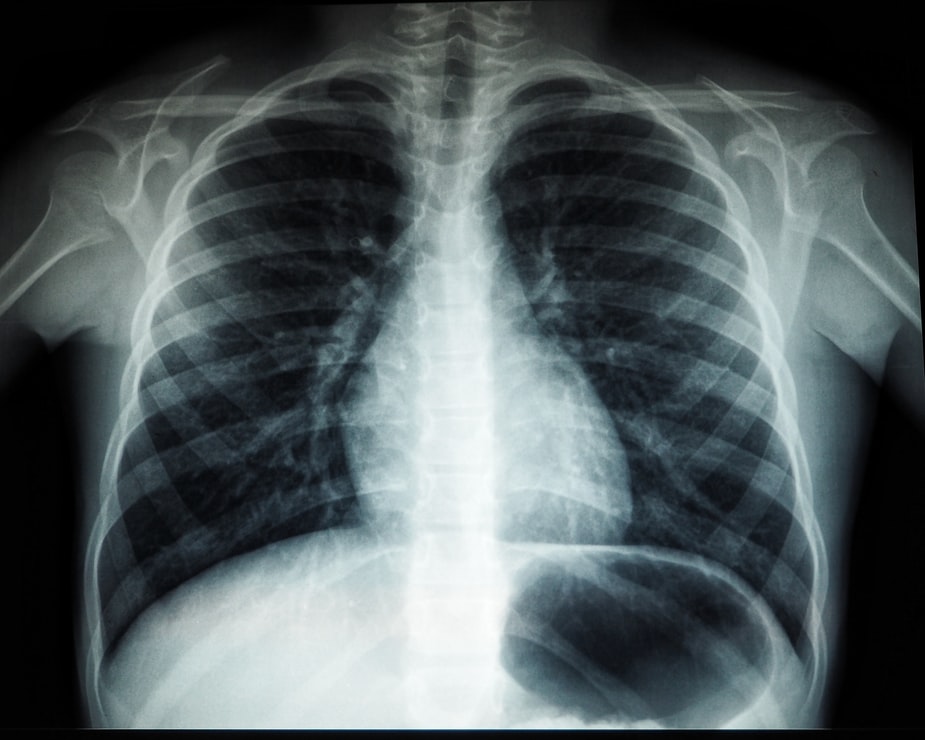
Therapist Blog by Joshua Johns (PT, DPT, Cert. MDT)
The Role of Medical Imaging in Physical Therapy
Diagnostic imaging in the form of X-ray and MRI are common in the orthopedic setting. It is often the case that a patient has imaging done by an orthopedist prior to seeing a physical therapist. Imaging is done, generally, to rule in or rule out certain conditions and to help make a medical diagnosis. Many patients believe that their physical therapist needs to see their X-ray or MRI in order to get appropriate treatment. This is often not the case.
Medical management and physical therapy management of orthopedic issues are complementary but differ in many ways. Physical therapists are trained to evaluate and treat people without diagnostic test results. The medical diagnosis and imaging findings are respected by the therapist, but therapists do not evaluate, prescribe exercises, or otherwise treat based on your imaging or your medical diagnosis. These variables play only a small role in physical therapy treatment. Just as a picture of someone will tell very little about their behaviors, a picture of a body part will tell a physical therapist very little about its behaviors. It simply cannot demonstrate how someone will look, feel, and respond to moving around.
Additionally, all kinds of “incidental findings” in asymptomatic people can be found in all areas of the body with medical imaging. This is well researched. These findings include disc herniations, spinal stenosis, nerve compression, arthritis, hip and shoulder labrum tears, rotator cuff tendon tears, meniscus tears, signs of inflammation and tendonitis, and others, in asymptomatic people. These types of findings are in all populations – young, old, athletic (recreational to elite level), military, musicians, dominant and non-dominant sides, etc. Below is a summary of a literature review’s findings on spinal MRIs in asymptomatic populations. As you can see, the prevalence of these findings on MRI does increase with age, but again, these are people without symptoms. Many people are walking around with “abnormal findings” but feel just fine and can do everything they want.

Pain and injuries are complex and experienced differently by everyone. A physical therapist relies primarily on a physical assessment and detailed history to determine the most appropriate treatment for someone. Each patient, even ones with the same image findings and medical diagnosis, will have a different physical presentation, location, quality, and intensity of symptoms, aggravating movements, physical activity history, stage in the healing process, personality, goals, etc. None of this can be gained from an X-ray or MRI, but all of it is important when treating someone.
Medical imaging in orthopedics can provide valuable information to the right people. It rarely, however, influences the decisions a physical therapist makes regarding someone’s care.
Schedule Physical Therapy Treatment Near You
We invite you to contact our OrthoBethesda Physical Therapy team to find out more about our Physical Therapy program and other therapy services that we offer at our Bethesda, MD, treatment center. When you schedule your appointment, we’ll determine the best course of treatment, led by our Board Certified Therapists. Call us today at (240) 482-2438 to learn more.
Related Content
- How Much Does Physical Therapy Cost?
- What Makes a Good Physical Therapist?
- What to Wear to Your Physical Therapy Appointment
- 4 Common Reasons Why Physical Therapy Is Important
- How to Become a Physical Therapy Assistant
- Making the Most of Virtual Physical Therapy
- Occupational Therapy vs. Physical Therapy
- Should You Get Physical Therapy After a Concussion?
- Top Reasons You Should See a Certifed Hand Therapist
- Best Physical Therapy Methods for Treating Shoulder Pain and Injuries
Reference:
Brinjikji, W., et al. Systematic Literature Review of Imaging Features of Spinal Degeneration in Asymptomatic Populations; American Journal of Neuroradiology, April 2015, 36 (4), 811-816; DOI: https://doi.org/10.3174/ajnr.A4173
